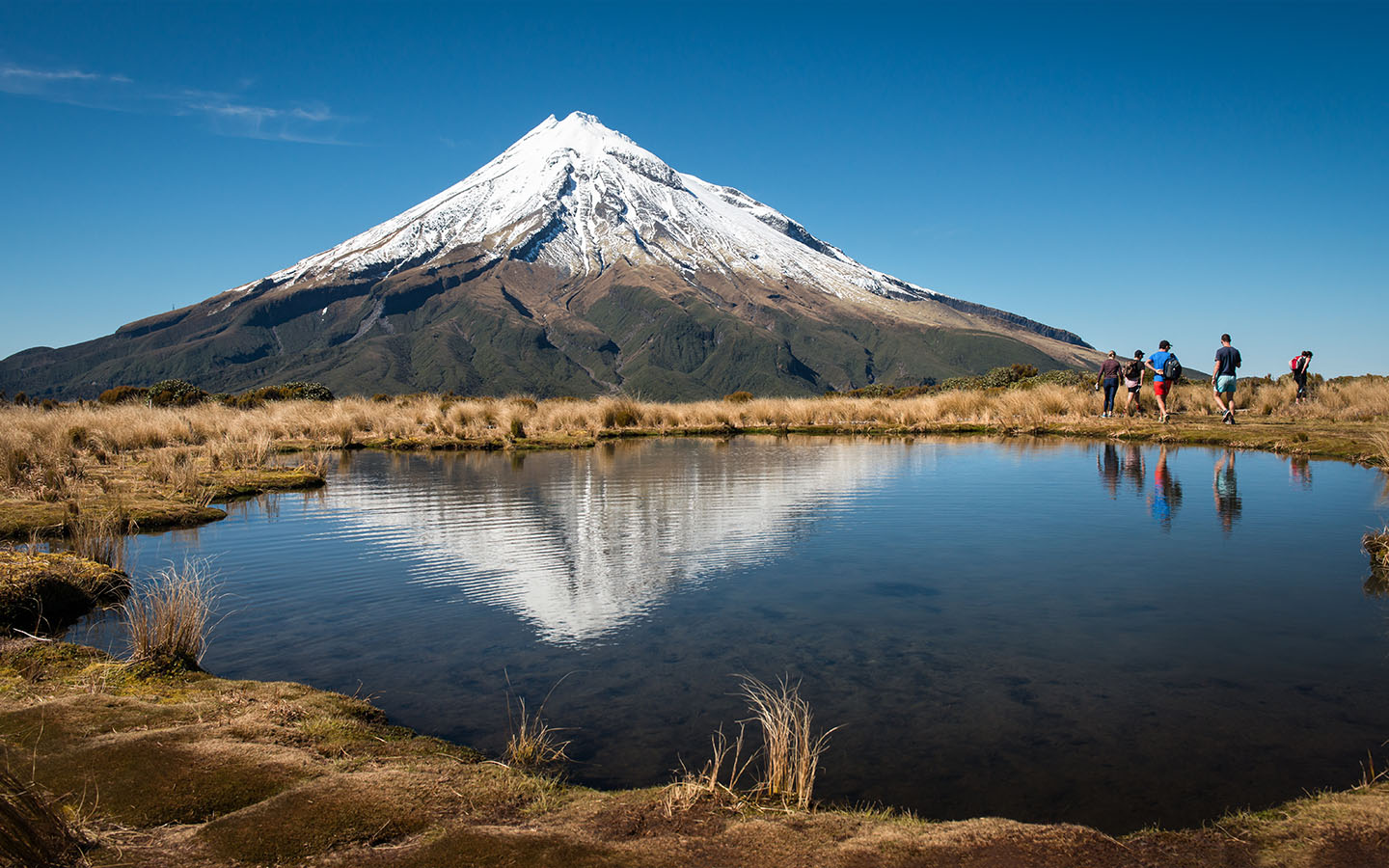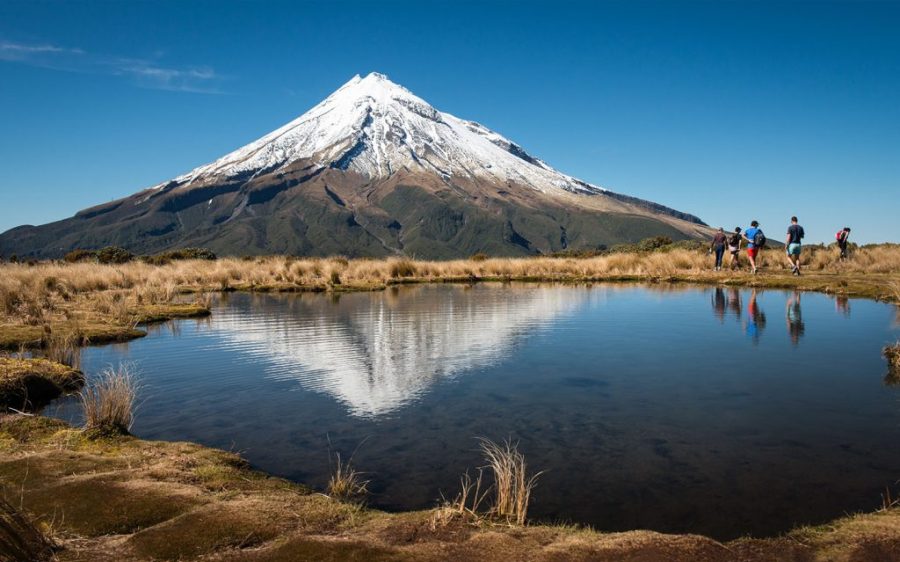New Zealand’s government has recognised one of its most iconic mountains as a legal person, acknowledging Mt Taranaki’s importance to Maori people, who migrated to New Zealand around 800 years ago from Polynesian islands. According to a law passed last week, the mountain now has the same rights and responsibilities as a human, multiple media outlets report.
The mountain is the third geographical feature to be granted personhood in the country, following a forested region (Te Urewera) in 2014 and river (Whanganui) in 2017. These rulings were part of the New Zealand government’s ongoing efforts to redress wrongs committed against the Maori by European colonialists, who began settling in the country during the late 1700s.
According to Maori lore, Mt Taranaki, Te Urewera and the Whanganui river are the sacred ancestors of various Maori tribes. The lawmaker behind the new legislation, Paul Goldsmith, described Mt Taranaki as “a source of physical, cultural and spiritual sustenance and a final resting place” for the region’s Maori.
[See more: Mount Everest could be even higher than we think it is]
The status change means the mountain, a volcano that hasn’t erupted in more than 200 years and popular recreation site, will be managed by a new entity made up of representatives from local Maori tribes and experts appointed by New Zealand’s conservation minister. The entity will be in charge acting in the mountain’s best interests, including the likes of carrying conservation work to protect Mt Taranaki’s native flora and fauna.
Mt Taranaki’s personhood may better be understood as similar to that held by companies, trusts and societies, which also have personhood under New Zealand law. It means that Mt Taranaki can own assets and appear in court (via its representatives), though it’s not clear how one might go about suing it for damages sustained while, say, on a hike. In an interview with local media last year, New Zealand lawyer Tai Ahu said that “it might be that you sue the board that makes decisions on behalf of the [mountain].”
Mt Taranaki was previously known as both Mt Taranaki and Mt Egmont, a name given by British explorer James Cook. The Mt Egmont name will be dropped from government publications, but public access to the mountain will remain unchanged.
The settlement between New Zealand’s government and Maori from the Taranaki region came after years of negotiations. These stemmed from breaches in a treaty signed between Maori and the British Crown in 1840, which granted Maori certain rights to land and natural resources. Just over two decades later, the Crown confiscated the mountain from local Maori in retaliation for a rebellion against the Crown, an act Goldsmith said ultimately caused “immeasurable harm”.






